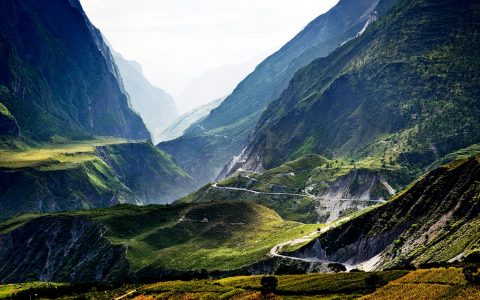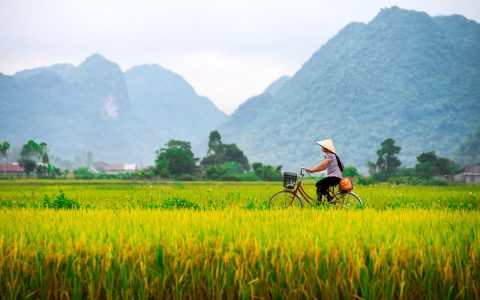In Deep:
An Introduction to the History, Culture & Happiness of Bhutan
 Set against the backdrop of sacred mountains, monasteries, temples and breathtaking views, this isolated kingdom is perhaps best known for its official policy of Gross National Happiness.
Set against the backdrop of sacred mountains, monasteries, temples and breathtaking views, this isolated kingdom is perhaps best known for its official policy of Gross National Happiness.
Bhutan grants permission to only 14,000 visitors each year, so use this brief guide to bone up should you find yourself among the lucky few.
The Monarchy
Bhutan has been an independent nation throughout its history.

The Shabdrung Ngawang Namgyal (1594–1652) unified the country under one ruler in the 17th century, establishing a theocracy in 1652 and giving Bhutan an administrative system and a code of law. The theocracy created by the Shabdrung ended in 1907, when Ugyen Wangchuck (1862–1926) was elected the first king of Bhutan by popular consensus. Since the establishment of the monarchy in 1907, there have been five hereditary kings:
King Ugyen Wangchuck (1907–26)
King Jigme Wangchuck (1926–52)
King Jigme Dorji Wangchuck (1952–72)
King Jigme Singye Wangchuck (1972–2006)
King Jigme Khesar Namgyal Wangchuck (2006–present)

Opening Relations
Bhutan was fairly isolated from the outside world until the 1960’s, when King Jigme Dorji Wangchuck opened relations with other countries and initiated the development of a modern economy. The late king also introduced many social, legal and constitutional reforms that had far-reaching effects.
King Jigme Singye Wangchuck continued his father’s program of sustainable development, self-reliance and “gross national happiness.” In 2006, he handed over power to his eldest son, King Jigme Khesar Namgyal Wangchuck, but the official coronation wasn’t until 2008.
Experience Bhutan With B&R
Private Bhutan Hiking
We’re lucky enough to be among the 14,000 visitors granted permission to enter Bhutan each year—and we’re happy to share our good fortune with you. On our Bhutan Hiking, life-altering moments and Gross National Happiness await at every turn.
DETAILED ITINERARYPrivate Bhutan Cultural Journey
The vivid richness of Bhutanese culture, from daily Buddhist rituals to centuries-old temples, is one to witness firsthand. On our Bhutan Cultural Journey, marvel at the astonishing Tiger’s Nest monastery and other wonders in the Land of the Thunder Dragon.
DETAILED ITINERARY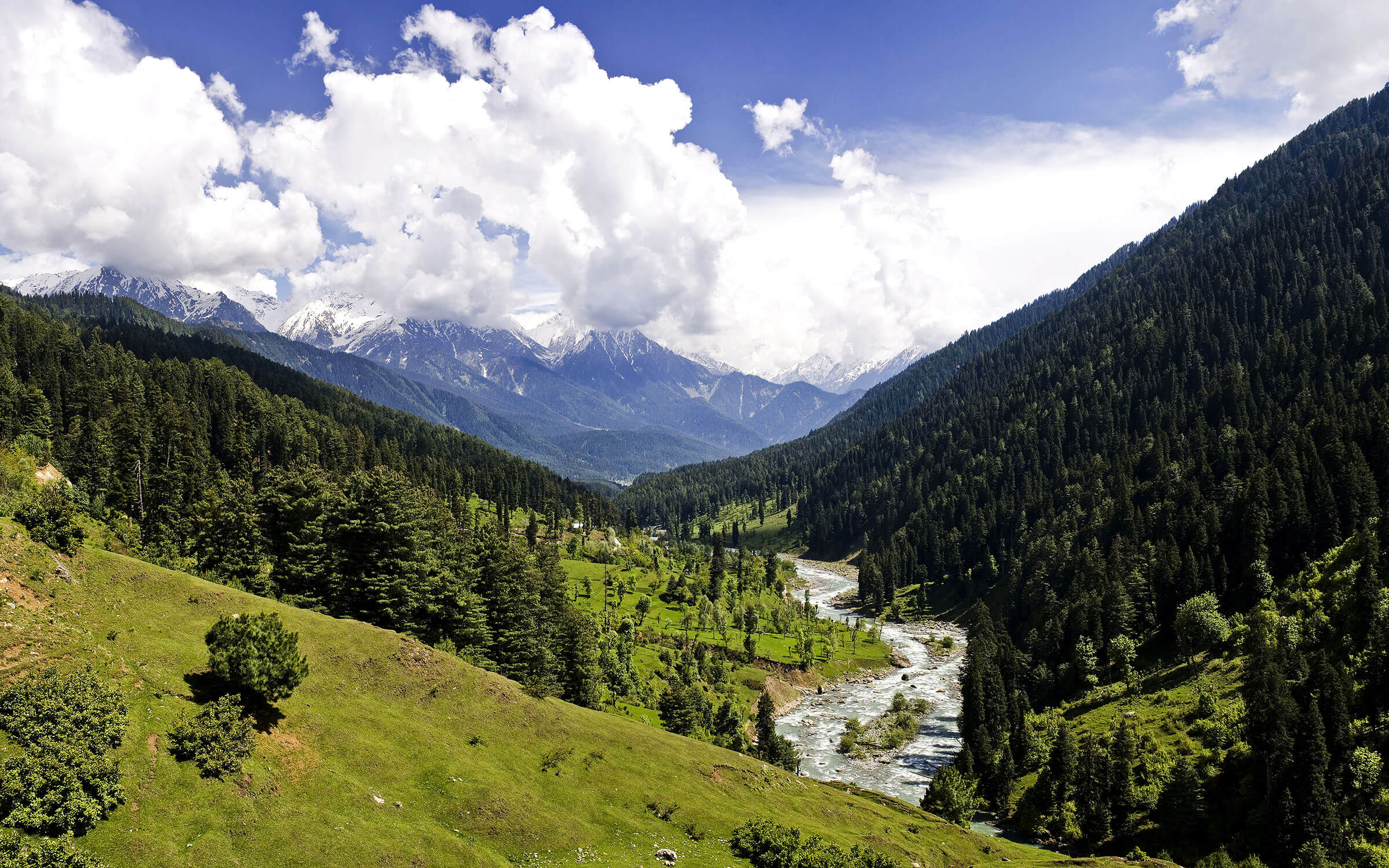
Bhutan’s natural heritage
A Green Oasis
The Himalayan region has suffered immensely from deforestation and other forms of environmental degradation over the last century. Bhutan is a rarity in that over 70 percent of its land remains forested and in a relatively pristine natural state.
Endangered Species

The country’s environmental ethos and geographical diversity contribute to the incredible biodiversity of the region. This tiny country the size of Switzerland supports over 5,000 plant species (750 endemic to the Eastern Himalayas); over 100 mammal species (including the endangered snow leopard, red panda, tiger, blue sheep and rhino); and boasts an incredible diversity of bird species—over 600. To appreciate this figure, consider that in all of North America, less than 800 bird species are found.
One of the better known species is the globally threatened black-necked crane, Grus nigricollis. The cranes breed in Tibet and winter in Yunnan province in China and Phobjika Valley, Bhutan. In considering conservation of this threatened species, the government has not allowed electricity to be introduced to the valley because of concern the birds would become entangled in overhead wires. Throughout the kingdom, animals are protected by the Buddhist ethic that prohibits the taking of life.
Guardians of the Four Directions
You’ll notice these paintings at the entrance of most lhakhangs (temples/sanctuaries). The four figures are the kings who guard the entrance ways. Their origins date to the ancient Mongolian tradition of warriors guarding the world against evil demons and threats.
Each king holds a different object: Chenmizang, the red king of the west, holds a chorten and a snake—he is king of the serpents; Yulkhorsung, the white king of the east, is lord of the celestial musicians and plays the lute; Phagchepo, the blue king of the south, holds a sword; and Namthose, the king of the north, is the god of wealth and prosperity and holds a mongoose and victory banner to symbolize the victory of Buddhism and virtue.
Guru Rinpoche (Padmasambhava)

The Founder of Tibetan Buddhism
Most lhakhangs in Bhutan have a statue of the guru as the central figure. He is considered to be the founder of Tibetan Buddhism. The guru was born in Ogyen, India, about 1,200 years ago and is known as the “lotus-born Buddha.”
Gangtey Monastery
This monastery is the residence of the ninth body reincarnation of Pema Lingpa, the Gangtey Tulku. This imposing building is undergoing its first full renovation in almost 400 years. Gangtey means “hilltop,” and indeed the location of the monastery—as well as its imposing design—make it a very impressive sight. This is one of the three most important temples of the Ningmapa sect in Bhutan.
Taktsang Monastery

Also featured in the large photo at the top of this post, Bhutan’s most famous monastery sits atop a cliff overlooking Paro Valley. The lhakhang is also known as “Tiger’s Nest” because Guru Rinpoche is said to have flown there on the back of a tigress, and then meditated in a cave for a month.
A Few Notable Temples
Chimi Lhakhang
The Fertility Temple, which was built by Lama Drukpa Kunley (known fondly as “the Divine Madman”), is where childless women go to receive a blessing in the hopes of conceiving a child. Today lucky travellers can have a Lama bless them (though a donation in kind is appreciated). If you conceive a child after the blessing, tradition insists that you return with your child every year to acknowledge your fortune. (It could turn out to be an expensive blessing.)
Wangdi Phodrang Dzong
Built in 1638 by Shabdrung Ngawang Namgyal, the dzong overlooks the confluence of the Punakha Chhu and Tang Chhu. This dzong is an interesting counterpoint to Punakha Dzong. It is very much a working monastery; smaller and less ostentatious, but very accessible and equally beautiful.
MORE FROM Asia-Pacific + Bhutan

Biking in Cambodia with B&R Expert Guide Fin
Cambodia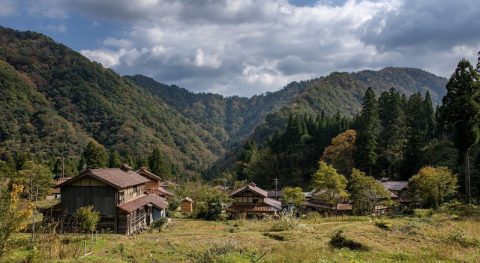
The Slow Fund: Rice Production with Ozuchi Village
Japan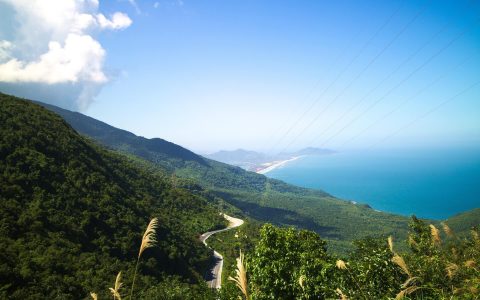
Take a Virtual Ride on the Hai Van Pass in Vietnam
Vietnam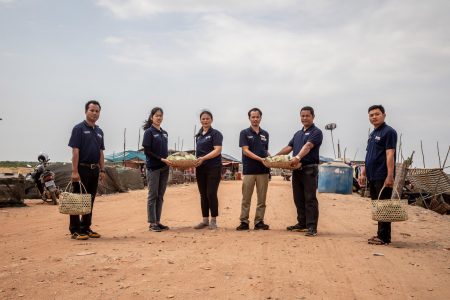
How Three Cambodian Hotels Are Joining Forces to Feed Their Communities
Cambodia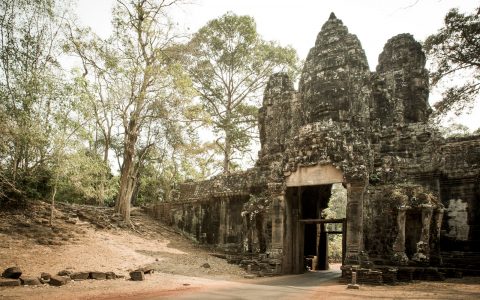
Meet Fin—B&R’s Expert Guide in Cambodia
Cambodia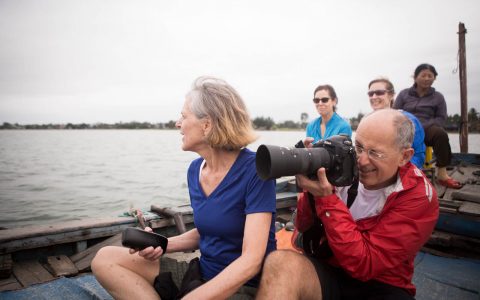
An Insider’s Eye on Vietnam: What to See and What to Skip, According to our Vietnam Expert
Vietnam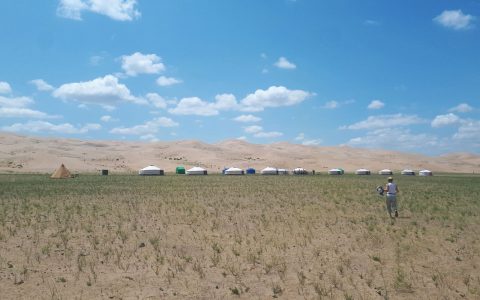
Photo Essay: Exulting in Mongolia’s Eternal Blue Sky
Mongolia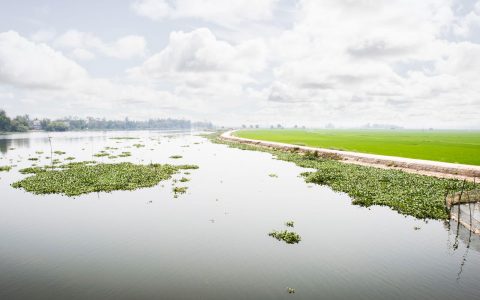
The Best Times of Year to Travel to Asia
Vietnam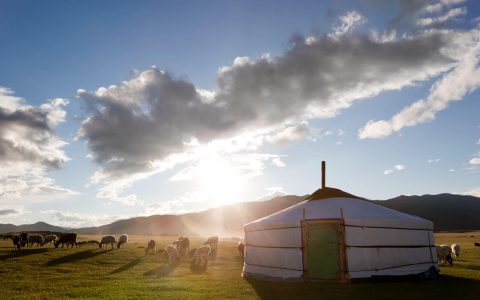
Chris Litt: On Mongolia and the Desire to Disconnect
Mongolia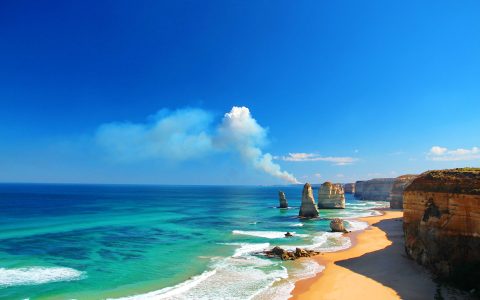
Top 6 Multi-Day Walks in Australia
Australia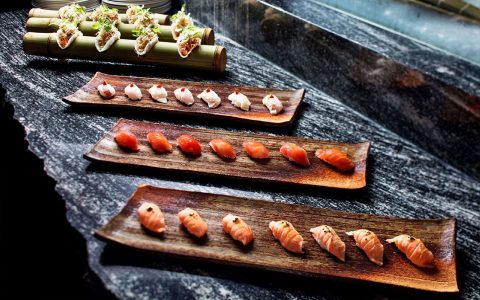
The 8 Best Restaurants in Auckland
New Zealand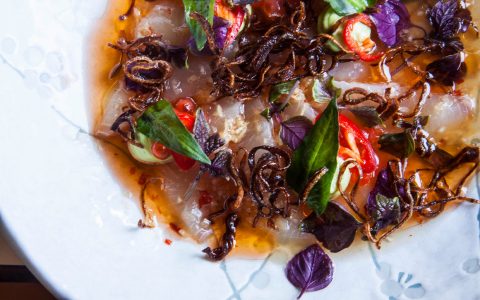
The 5 Best Restaurants in Wellington
New Zealand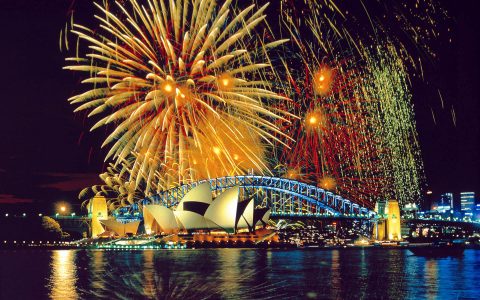
8 Reasons Why You Need to Take an Australian Adventure
Australia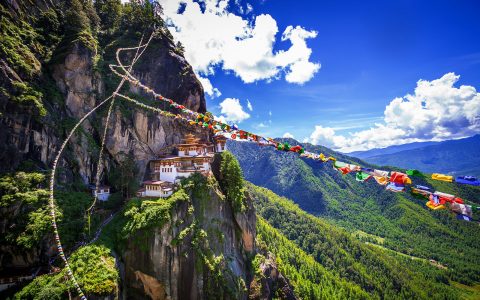
Cultural Quirks About Bhutan That Will Blow Your Mind
Bhutan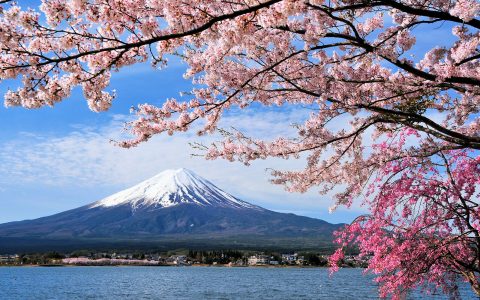
5 Things to Know Before You Go to Japan
Japan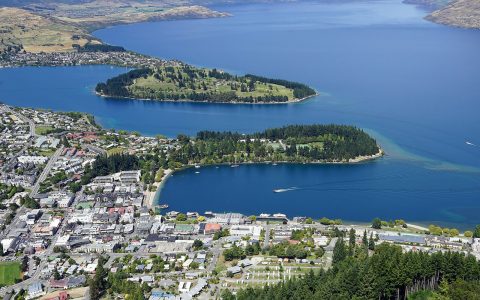
8 Favourite Restaurants to Eat in Queenstown
New Zealand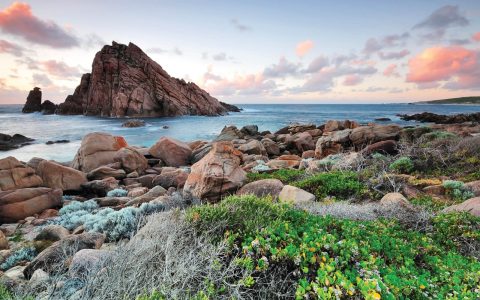
10 Must-Try Australian Wines
Australia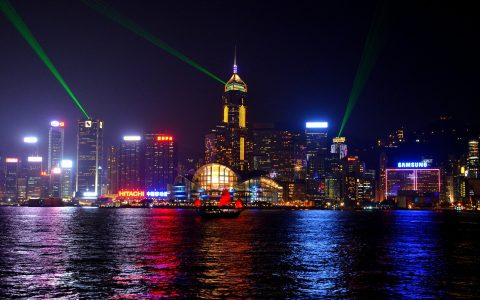
Where to Eat in Hong Kong: 7 Best Restaurants
China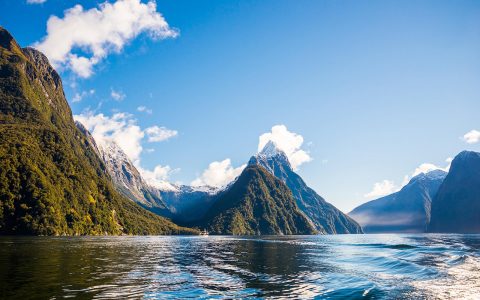
A Kiwi’s Guide to Enjoying New Zealand
New Zealand